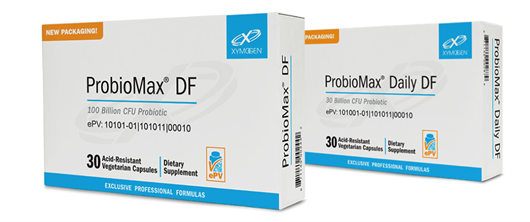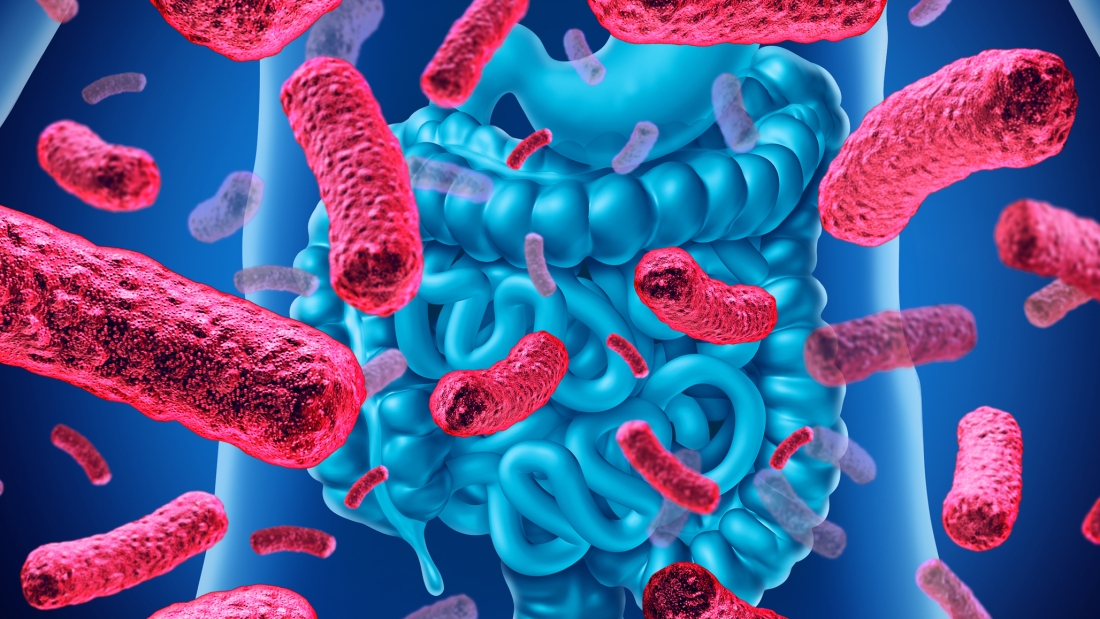What is a probiotic?
A probiotic is a living microorganism that aids in “digesting food, destroy disease causing cells, or produce vitamins.”1 The term probiotic comes from the Greek word meaning “for life.”1 Probiotics can be found in fermented food such as yogurt, sourdough bread, cottage cheese, kombucha, fermented pickles, kimchi, miso soup, and supplements.”1,2 For a microorganism to be called a probiotic they must: “survive in your intestines after ingestion, have a proven benefit to you, be safely consumed.”2 Another term associated with probiotics are prebiotics which are “complex carbs that feed microorganisms in your gut.”2 The human GI tract has “about 10 types of microorganisms and more than 5,000 bacterial species.”3 The most common one are lactobacillus, bifidobacterium, and saccharomyces boulardii, the first two being bacteria and the latter being a yeast.”1
Why do we need probiotics?
The benefits of probiotics have been utilized by human beings since the beginning of our species. However, it is recently that researchers have been able to discover and explain these benefits. In fact, in 1907 a researcher named Metchnikoff first postulated that “lactic acid bacteria offered benefits to human health and promoted longevity.”3 The findings have included that probiotics can maintain “a healthy community of microorganism and producing desirable effects.”1 The effects are2,3:
-
- Digesting food
- Keep bad bacteria in check
- Create vitamins
- Breakdown and absorb medications
- Absorption of nutrients
- Health maintenance in general
- Prevention or treatment of the following diseases:
- diarrhea (acute infectious and antibiotic-associated)
- childhood colic
- lactose intolerance
- ulcerative colitis
- Crohn’s disease
- Helicobacter pylori infection
- metabolic diseases
- respiratory tract infections
- allergies
- mental/neurological illnesses
How do probiotics work?
How probiotics produce these beneficial effects are proposed by various mechanisms. Contained within these proposals is an overarching theme of balancing “good” probiotics with “bad” microorganisms in your gut. The first one being a production of “lactic acid, acetic acid, and propionic acid which lower the intestinal pH, which then suppress the growth of various pathogenic bacteria, which reestablishes the balance of gut flora.”4 Another proposal includes probiotics producing toxic molecules that are toxic to pathogenic microorganisms.4 Lastly, another proposal I’ll mention is the “decrease colonization of pathogenic organisms in the urinary and intestinal tracts by blocking their adhesion to the epithelium,” which is the thin tissue on outer layer of a body’s surface.
How much should we take?
You may be asking yourself; how much do I need? Do I just eat a jar of yogurt a day? While there is no agreement about the number of probiotics that must be ingested, they should contain several billion microorganisms to improve the chance of colonization.3 According to the world gastroenterology organization ‘It is not possible to state a general dose that is needed for probiotics.”5 Although there recommendations also state that a probiotic product contain “a total of 108 to 109 CFU, in order to provide a therapeutic effect, based on a minimum daily consumption of 100 g or 100 mL of probiotic foods.”3 With 108 to 109 being 100,000,000 to 1,000,000,000 colony forming units (CFU).
Are probiotics safe?
If you are considering taking probiotics as a dietary supplement, consult with your health care provider first, although they are “generally considered safe.”1 Risk is greater with those people with severe illness or compromised immune systems” because probiotics are living microorganisms and these people should be monitored closely.1 Some side effects to look out for include “stomach upset, diarrhea, flatulence, bloating,” these are “mild and subside with continued use.”4 Lastly, a consideration to keep in mind antibiotics could kill probiotics, separate by at least 2 hours.4
Probiotics offered at Prescott Compounding Pharmacy
Here at Prescott Compounding pharmacy with offer ProbioMax DF and ProbioMax Daily DF by Xymogen.

Features of the ProbioMax® line:
-
- Packages in nitrogen-purged aluminum blister packs to protect the capsules from heat, moisture, and oxygen.
- Slow-release capsule is important to protect probiotics from exposure to stomach acids.
- Vegetarian, dairy, and gluten free. 6
These products are only distributed to a licensed health care practitioner and are offered at our pharmacy with consultation questions with a licensed pharmacist.
Author: Jimmy Stevens, Pharm.D.
Resources
- US Department of Health and Human Services, National Center for Complementary and Integrative Health. Probiotics: What You Need To Know. uly 2019. June 4, 2023. Accessed April 12, 2023. https://www.nccih.nih.gov/health/probiotics-what-you-need-to-know
- Cleveland Clinic. Probiotics. Cleveland Clinic.org. Last Reviewed March 9, 2020. https://my.clevelandclinic.org/health/articles/14598-probiotics
- Reque M, Brandellie A. Probiotics: Advanced Food and Health Application. Academic Press, 2022. Accessed April 15, 2023. https://www-sciencedirect-com.mwu.idm.oclc.org/science/article/pii/B9780323851701000178#bb0425.
- Williams NT. Probiotics. Am J Heal Pharm. 2010;67(6):449-458. http://10.0.8.98/ajhp090168
- Probiotics and Prebiotics. World Gastroenterology February 2023. Accessed April 28, 2023. https://www.worldgastroenterology.org/guidelines/probiotics-and-prebiotics/probiotics-and-prebiotics-english
- ProbioMax DF. Doctor’s Reference Sheet. Xymogen, 2023. Accessed May 6, 2023. https://www.xymogen.com/formulas/products/488
